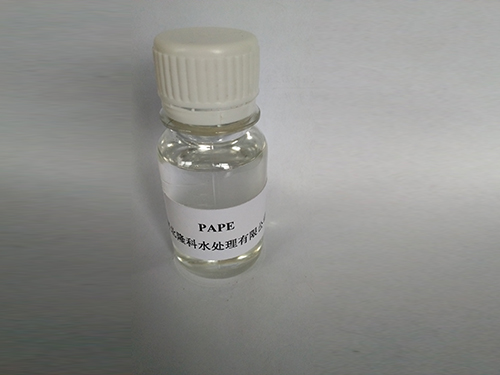Non-Ionic Polyacrylamide - High-Performance Water Treatment Polymer
Non-Ionic Polyacrylamide An Overview of Its Properties and Applications
Non-ionic polyacrylamide (NIPAM) is a versatile polymer widely utilized in various fields due to its unique properties. As a type of polyacrylamide, it differs from its ionic counterparts primarily in its charge characteristics. NIPAM does not carry any ionic charge, which endows it with specific advantages in solubility, stability, and compatibility with a wide range of substances. This article will explore the properties, syntheses, and applications of non-ionic polyacrylamide in detail.
Properties of Non-Ionic Polyacrylamide
One of the standout properties of non-ionic polyacrylamide is its excellent water solubility. This solubility is primarily due to the presence of amide functional groups, which can form hydrogen bonds with water molecules, making it an effective hydrophilic polymer. Its non-ionic nature means that it does not dissociate in solution, resulting in low sensitivity to changes in pH and ionic strength. This characteristic makes NIPAM particularly desirable in formulations where stability is critical.
Moreover, non-ionic polyacrylamide exhibits good thermal stability and a high molecular weight, which contributes to its ability to form viscous solutions. This viscosity, coupled with its shear-thinning behavior, allows NIPAM to be easily manipulated in various industrial processes.
Synthesis of Non-Ionic Polyacrylamide
The synthesis of non-ionic polyacrylamide involves the polymerization of acrylamide monomers in the absence of ionic counterparts. Typically, this polymerization may be initiated by free radicals, resulting in a chain reaction that leads to the formation of long polymer chains. The process can be performed in aqueous or organic solvents, allowing flexibility in terms of the desired characteristics of the final product. Additionally, the degree of polymerization can be controlled by adjusting the concentration of initiators and monomers, enabling the production of tailored polymers for specific applications.
non ionic polyacrylamide

Applications of Non-Ionic Polyacrylamide
NIPAM has found extensive applications across a wide range of industries. In the field of environmental science, non-ionic polyacrylamide is used as a flocculant and coagulant in wastewater treatment processes. Its ability to enhance the settling of suspended solids significantly improves the efficiency of water purification systems.
In agriculture, NIPAM acts as a soil conditioner, improving soil structure and moisture retention. This application is particularly beneficial in arid regions, where retaining water is crucial for crop growth.
In the biomedical field, non-ionic polyacrylamide has garnered attention for its use in drug delivery systems and tissue engineering. Its biocompatibility and ability to form hydrogels make it an excellent candidate for creating scaffolds that support cell growth and proliferation.
Furthermore, NIPAM is being explored in various cosmetic and personal care formulations as a thickening agent and stabilizer, showcasing its versatility and broad applicability.
In conclusion, non-ionic polyacrylamide is a multifaceted polymer that offers numerous beneficial properties. Its unique characteristics render it suitable for various industrial applications, making it an essential component in sectors ranging from environmental management to agriculture and biomedicine. As research continues, the capabilities of non-ionic polyacrylamide are likely to expand, unveiling new possibilities for its use in innovative solutions.
-
Understanding Polycarboxylic Acids: Properties, Applications, and Future PotentialNewsJul.28,2025
-
Scale Inhibitor Explained: How to Protect Your System from Limescale and Hard Water DamageNewsJul.28,2025
-
Scale and Corrosion Inhibitors: Essential Chemicals for Industrial Water System ProtectionNewsJul.28,2025
-
Polyaspartic Acid: A Biodegradable Polymer for Sustainable ChemistryNewsJul.28,2025
-
Isothiazolinones: A Versatile Antimicrobial Class with Industrial Power and Regulatory ChallengesNewsJul.28,2025
-
A Deep Dive into 2-Phosphonobutane-1,2,4-Tricarboxylic Acid (PBTC)NewsJul.28,2025





